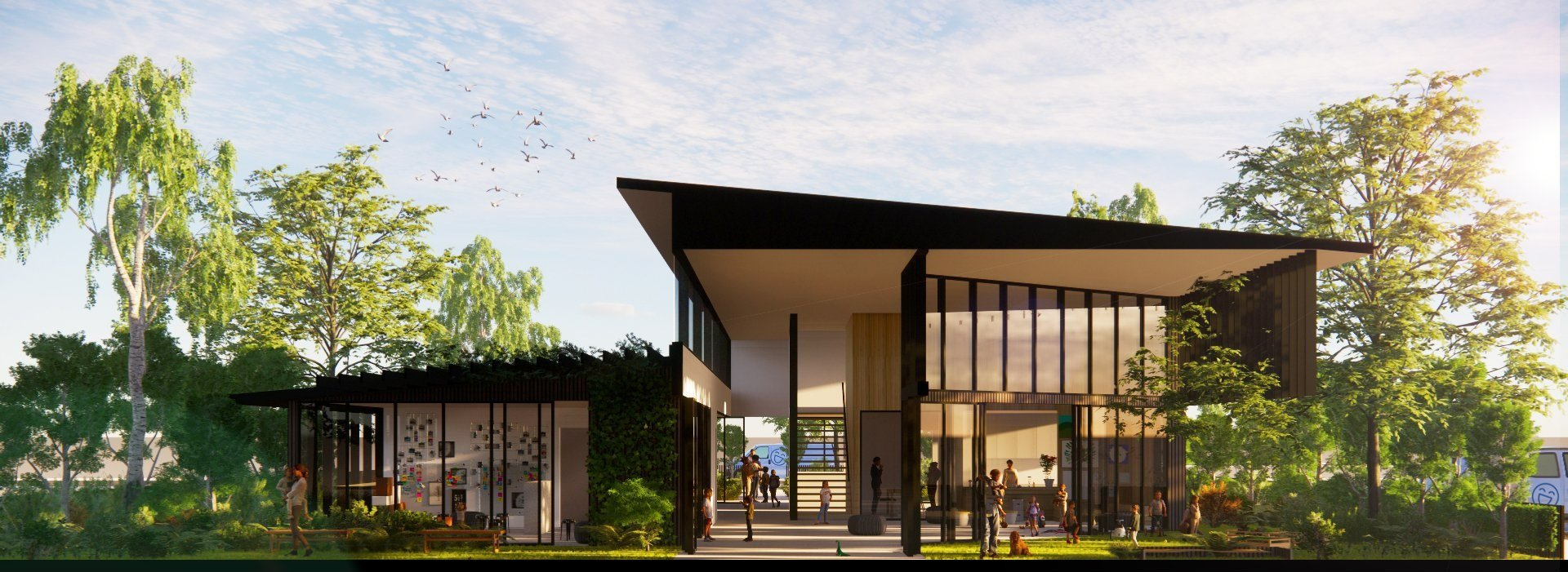Proposed childcare centre to protect and nuture vulnerable children
With Australia’s child protection system at crisis point, a Brisbane community organisation has unveiled a ground-breaking new approach to look after at risk and abused children under six.
More than 170,000 children are in contact with the child protection system in Australia and, for 68% of those children, this is not their first contact.
Not-for-profit community support group Communify is set to take matters in its own hands with Queensland’s first purpose-built long daycare centre to protect vulnerable children.
Bindi Bindi Place, earmarked to be built in north Brisbane and estimated to cost $3 million, is designed to protect our at-risk children, break intergenerational abuse, and focus on prevention rather than treatment.
Communify CEO Karen Dare said there was an urgent need for Bindi Bindi Place which is based on a proven approach used in the US and Victoria.
Ms Dare said across Australia, government bodies were struggling to cope with the dramatic rise in reports of child abuse – up 7.3 per cent in the past 12 months. In Queensland, the number of foster carers in Queensland is steadily decreasing.
“In Queensland more than 25,000 children under the age of six have been in contact with the child protection system more than once; in Brisbane and Moreton Bay, the number of children in contact with the system has increased by more than 33 percent between 2016 and 2021,” Ms Dare said.
“In 2020-2021 the Child Death Review Board considered the deaths of 55 children. This is alarming and something needs to be done and fast.
“This is a community problem and it needs a community to solve it and prevent another Mason Jet Lee tragedy,” she said.
Bindi Bindi Place would be a purpose-built high quality, multidisciplinary care centre, operating up to seven days a week.
Specialists will have daily contact with children living in high-risk families and integral to the model will be the attachment-focused, trauma-informed, primary-care model with small child to teacher ratios. This means that every child will be allocated a key worker who is that child’s primary carer.
The goal of this model is to develop significant attachments for children who are likely to be experiencing attachment disorders in their homecare environments, as well as building trusting relationships between staff and parents.
Additionally, an important part of the care model is to provide the children with at least 75% of their daily nutritional needs and any required healthcare.
Parents will be encouraged to be highly involved in the program and invited to spend regular time alongside staff to develop their parenting and caregiving skills.
“This is an opportunity to help solve problems before they begin, and to develop a blueprint that could change the face of child protection across Australia,” Ms Dare said.
“A ‘cookie cutter’ approach to this centre will not work; it needs to be a highly bespoke to be effective as the design will be an integral part of the therapy for the children and the families.
Bindi Bindi Place will implement the Abecedarian model, which has been successfully trialled in the US and in Victoria and has reported positive, long-term life impacts for the children, families and communities.
Young adults who participated, as children, in the North Carolina Abecedarian Project in the USA had:
much higher percentages in higher education and in skilled jobs
much lower rates of teenage pregnancy
reduced criminal activity.
In addition, the Child Projection Society in Victoria ran a 10-year randomised controlled trial of the Early Years Education Program (EYEP) targeted at children experiencing significant family stress, social disadvantage including risk of abuse and neglect. The early results of this trial have concluded that children attending the centre had:
an increase in IQ
improved language development
improved resilience
better social and emotional development.
The organisation is seeking funding for Bindi Bindi Place and hopes the community and business will be generous in their support.
“We need to support our vulnerable children and their families in a new way, as clearly it’s not working,” Ms Dare said.
“We need to break the cycle, which is why Bindi Bindi Place will be unlike anything else on offer in Queensland and the benefits it will deliver will be extraordinary – for the children involved, their families, their neighbourhoods and the broader community.”
Ms Dare said the centre would also have areas of intellectual stimulation and connection with areas for retreat and calm, counselling, and support.
To deliver a long day-care model and a community hub, Bindi Bindi Place will also include a commercial kitchen, a place for overnight stays, a place to do bedtime routines and a place for supporting parents.
To become a major supporter of the project you can:
Donate much-needed funds – corporate donations, philanthropic donations from family trusts
Provide in-kind support through construction services, building supplies or materials
Support by donating or assisting with the purchase of land.
To find out more about the project or to speak directly with the team, please contact us.
100 per cent of all donations will go towards the construction of Bindi Bindi Place.
Communify is a not-for-profit organisation which operates a separate bank account dedicated towards the fundraising for Bindi Bindi Place.

